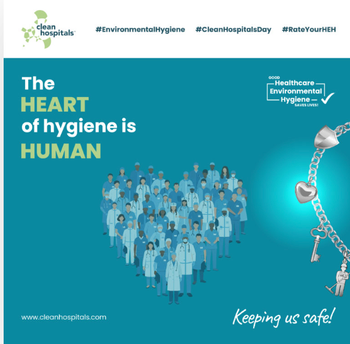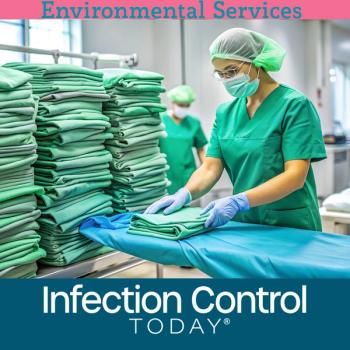
Oculus Announces FDA 501K Clearance of Microcyn Technology
PETALUMA, Calif. -- Hoji Alimi, founder and president of Oculus Innovative Sciences, today announced that the company has received its first 510K clearance from the Food and Drug Administration (FDA) to market Dermacyn Wound Care, formulated with Microcyn Technology, as a medical device for moistening, lubricating and debriding of acute and traumatic wounds and burns.
Microcyn technology is a super-oxidized, pH-neutral solution that is ready for use with no dilution or mixing, and requires no special handling or disposal. It is manufactured using a sophisticated, multi-chamber electrolysis process in which ionic species are selectively produced and isolated. This process allows for the production of a pH-neutral solution while minimizing the level of chlorine in the final product.
This FDA 510K clearance as a medical device allows the company to market its label claims and enter into negotiations with distributors for commercialization purposes. Dermacyn Wound Care, the first Microcyn technology product for human use in the United States, will be available to physicians in June 2005.
The company also received CE approval according to the European Medical Devices Directive (93/42/EEC) for Dermacyn Wound Care in November of this past year. It was certified as a Class IIb medical device for treating acute and chronic wounds (e.g., diabetic foot ulcers and burns) as part of a comprehensive wound care regimen. The Microcyn Technology received approval as a disinfectant, antiseptic and sterilant from the Mexican Ministry of Health in 2003 where the product is now widely commercialized and in use for the treatment of myriad wounds and burns. Dermacyn Wound Care also received regulatory approval this past November from the Therapeutic Product Directorate, the Canadian federal authority that regulates pharmaceutical drugs and medical devices, as a dermal wound irrigant that facilitates removal of wound debris as it cleanses and debrides.
Source: Oculus Innovative Sciences
Newsletter
Stay prepared and protected with Infection Control Today's newsletter, delivering essential updates, best practices, and expert insights for infection preventionists.





